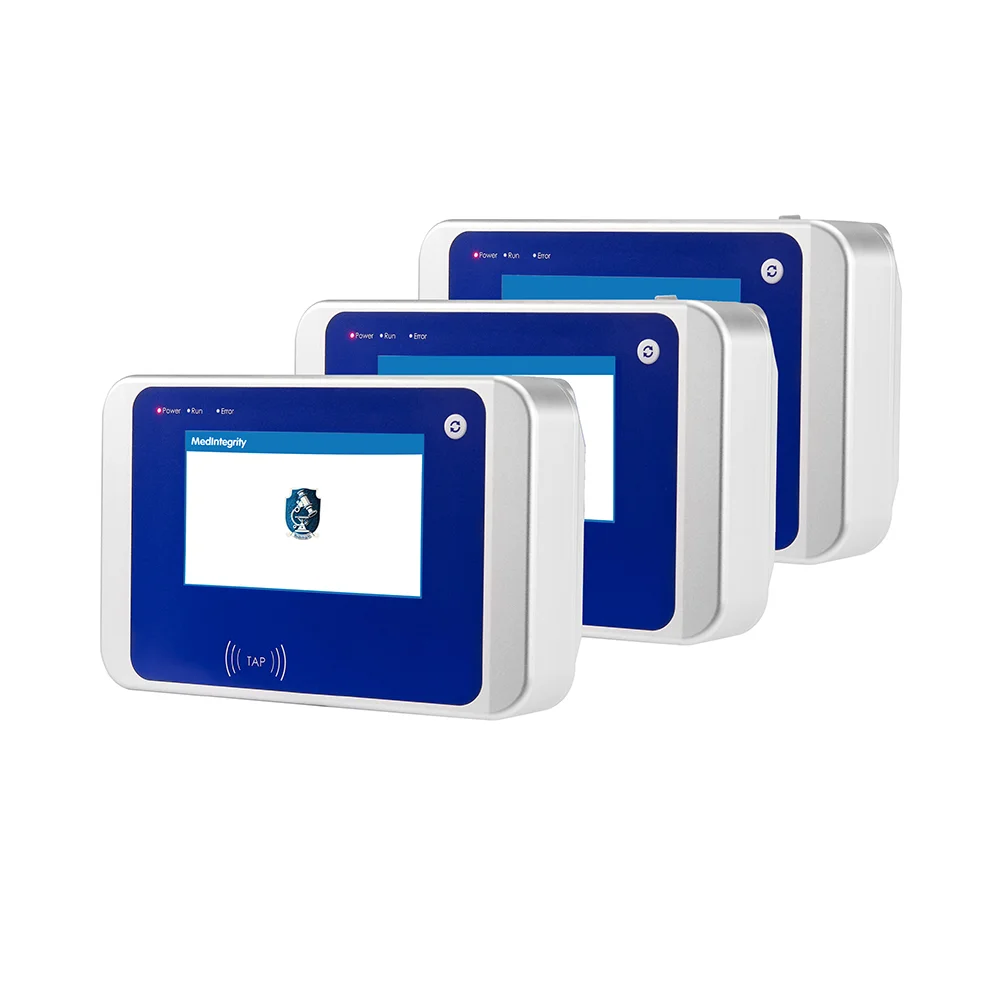Key Causes of Glove Integrity Failures in Isolator Systems
Key Causes of Glove Integrity Failures in Isolator Systems

Maintaining sturdy and dependable gloves in isolator systems is crucial for industries like pharmaceuticals, medical research, and manufacturing. These gloves act as protective barriers, shielding workers and the environment from harmful contamination. But when gloves break down, they can jeopardize safety and quality. So, understanding what leads to these failures is essential to prevent them.
Common Reasons for Glove Failures
Isolator gloves protect workers and products in industries like pharmaceuticals. Glove failures can risk safety and quality. Knowing common causes, like wear or design flaws, helps ensure reliability.
Material Breakdown Over Time
Glove materials can wear out as time goes by. Several factors speed up this process.
Effects of Constant Use and Cleaning
Using gloves repeatedly puts strain on their material. Each task stresses the gloves, which may cause tiny rips. Also, cleaning them often with strong chemicals can weaken their structure. The WGT-1200 Glove Integrity Tester is designed to find leaks in these situations. It ensures gloves meet FDA/GMP standards.
Impact of Surroundings on Glove Materials
The environment greatly affects how long gloves last. For example, shifts in temperature, high moisture, or UV light exposure can make gloves stiff or less flexible. Gloves stored in damp areas may lose strength faster than those kept in proper conditions.
Physical Strain and Wear
Gloves endure physical stress during daily tasks. This stress can harm their durability over time.
Strain from Repeated Handling and Movement
Handling tools or equipment often puts pressure on gloves. This can lead to small tears or thin spots, especially in heavily used areas. Devices like the WGT-1000 use accurate pressure sensors to spot these tiny flaws quickly. They make the process efficient.
Risks from Wrong Installation or Removal
Putting on or taking off gloves incorrectly can stretch or tear them. Workers need training to handle gloves the right way. Simple steps can greatly reduce these risks and keep gloves intact.
Flaws in Design and Production
The way gloves are designed and made impacts their strength and reliability.
Limits in Glove Design for Long-Term Use
Some gloves aren’t built for extended use or repeated cleaning. Manufacturers must consider these limits early on. They need to design gloves that stay strong while remaining practical.
Issues in Production Processes
Mistakes during production can weaken gloves before they’re even used.
Uneven Material Quality
If the materials used to make gloves vary, some areas may be thinner or weaker. Strict quality checks during production are vital. They help catch these problems early.
Weak Seams and Bonding
Seams that lack strength or layers that don’t stick well are common weak points. Regular testing with advanced tools helps find these issues before they cause bigger problems.
External Contaminants and Chemical Exposure
Outside factors, like chemicals and tiny particles, can harm glove strength.
Damage from Harsh Chemicals or Solvents
Strong chemicals or solvents can quickly wear down glove materials. The WGT-1200 has a built-in sanitary air pump. This allows precise pressure checks during chemical resistance tests. It helps detect damage early.
Risks from Tiny Particles
Small particles can create paths for leaks. This puts glove strength at risk.
Sources of Particles in Isolator Environments
Particles may come from worn equipment, human actions, or the environment inside isolators. Regular checks help identify these sources before they harm glove performance.
Importance of Regular Testing and Care
Checking and maintaining gloves often is vital in critical settings. These steps protect workers and keep operations clean and safe.
Role of Routine Checks in Preventing Failures
Frequent inspections catch problems early. By testing gloves regularly, industries can spot small leaks or flaws before they grow serious. For example, pressure-based tests apply a set amount of pressure to gloves. If the pressure drops, it signals a leak. This approach ensures gloves meet strict safety rules. It also keeps them reliable.
Benefits of Using Modern Glove Testers
Advanced testers make inspections quicker and more precise. Devices like the WGT-1200 and WGT-1000 from MedIntegrity are tailored for industry needs. They have accurate pressure sensors that detect even tiny defects. These tools also meet FDA/GMP standards. Plus, their wireless features allow instant data sharing, which is great for large-scale work.
MedIntegrity: A Trusted Name for Glove Testers
MedIntegrity is a respected name in pharmaceutical testing tools. The company focuses on quality and new ideas, offering solutions for various industry needs. Learn more about them at MedIntegrity’s official website.
Overview of MedIntegrity’s Expertise
MedIntegrity specializes in creating precise testing tools. These include Glove Integrity Testers, Filter Integrity Testers, and Total Organic Carbon (TOC) Analyzers. Their products follow FDA and GMP rules, ensuring safety and reliability. They offer customizable tools and strong support after sales. This shows their dedication to customers. Visit Sobre nosotros for more details.
Features of the WGT-1200 and WGT-1000 Models
The WGT-1200 and WGT-1000 models show MedIntegrity’s commitment to advanced technology. These tools make glove testing easier and more effective. Check out their features at WGT-1200 y WGT-1000.

Precise Pressure Detection
Both models use highly accurate pressure sensors to find leaks. The WGT-1200 can detect pressures up to 3000Pa. This covers all glove testing needs. It ensures even small flaws are caught quickly.
Compliance with FDA/GMP Standards
MedIntegrity’s testers meet strict FDA/GMP rules. They also follow 21CFR part 11 for electronic records and signatures. This gives users confidence in their reliability.
Wireless Connectivity and Data Handling
Wireless features make these models stand out. The WGT-1200 supports WiFi, allowing multiple units to be tested at once. This makes it easy to manage and store test results smoothly.
Conclusión
Regular testing and care are essential for keeping isolator gloves strong in critical settings. By using advanced tools like MedIntegrity’s WGT-1200 and WGT-1000, industries can boost safety, efficiency, and compliance with regulations. For more information, contact MedIntegrity at Contáctenos.
Preguntas más frecuentes (FAQ)
Q1: How often should isolator gloves be checked for strength?
It’s wise to test gloves before and after each use. For gloves on filling lines, test them at least monthly. This keeps them safe and prevents contamination risks.
Q2: What are the perks of wireless glove testers?
Wireless testers, like the WGT-1000, are convenient and flexible. They send data instantly via WiFi. They can also handle several units at once, which suits large operations.
Q3: Can damaged gloves be fixed instead of replaced?
Minor surface damage might be patched for a short time. But replacing damaged gloves is usually better. Advanced tools ensure all flaws are found accurately.







